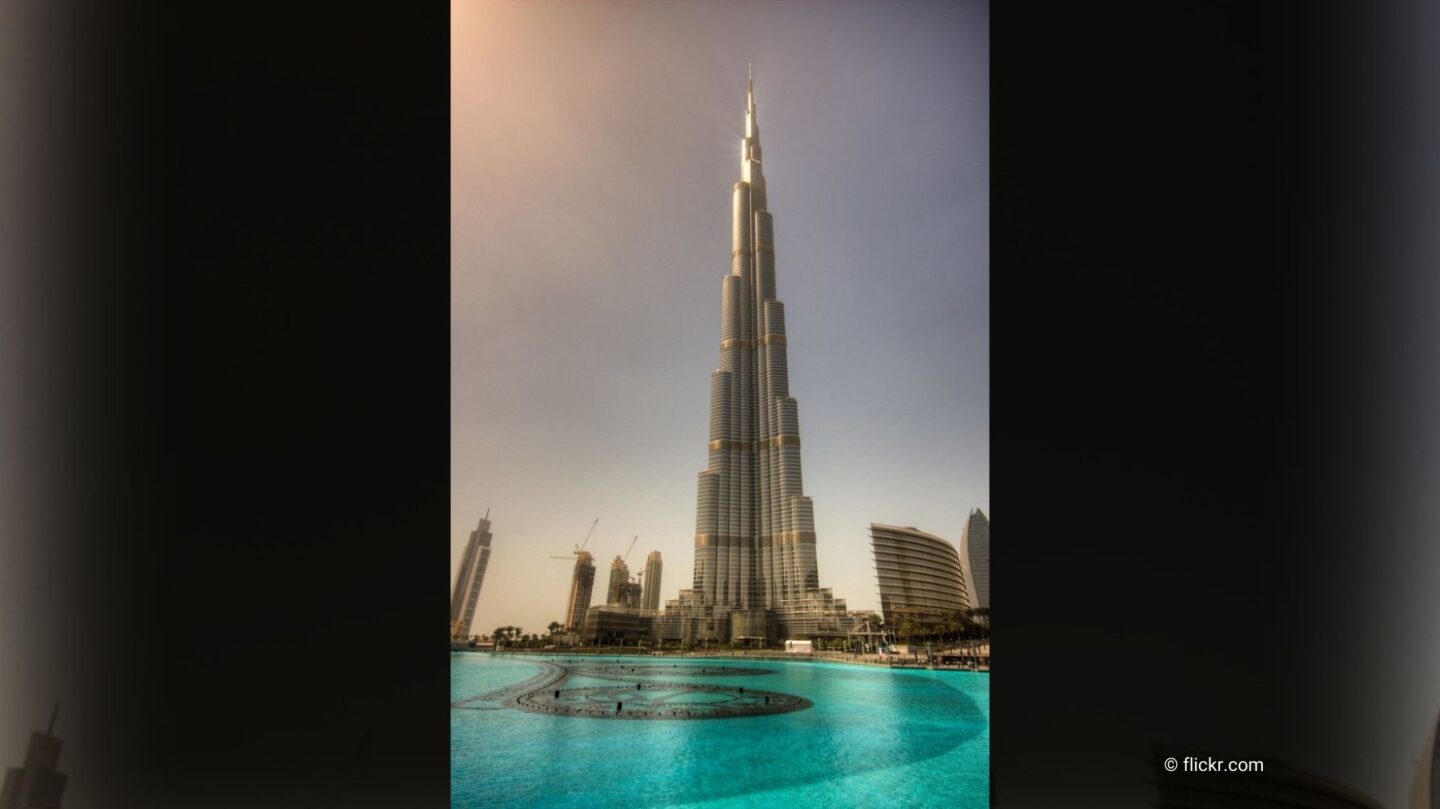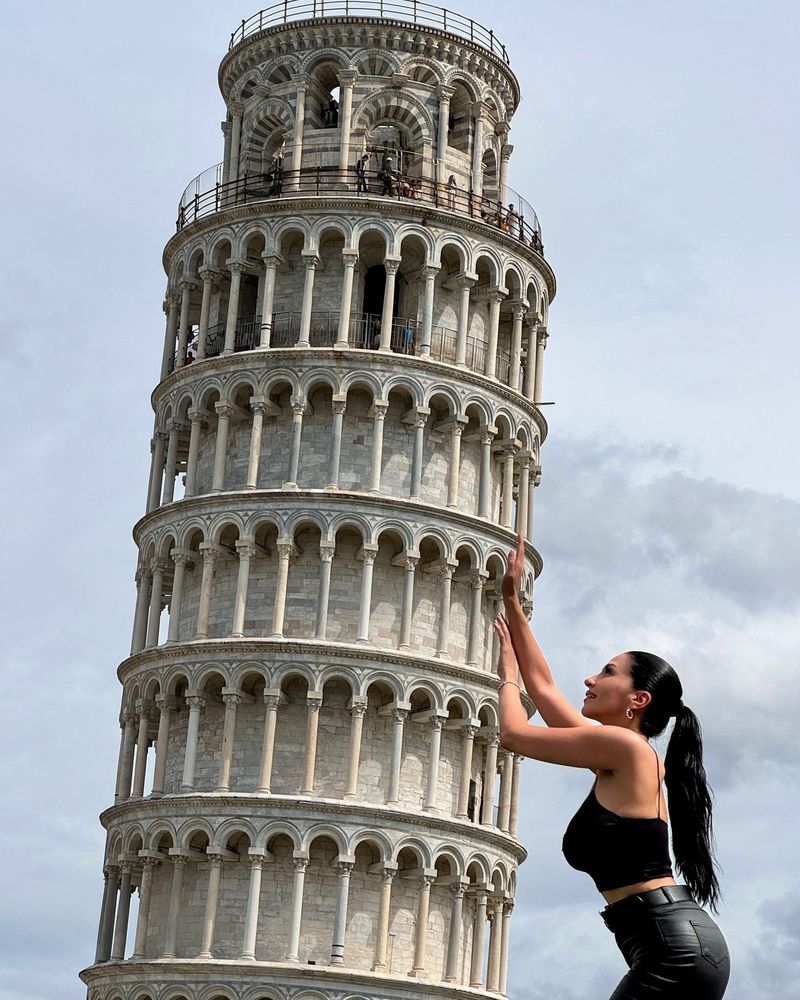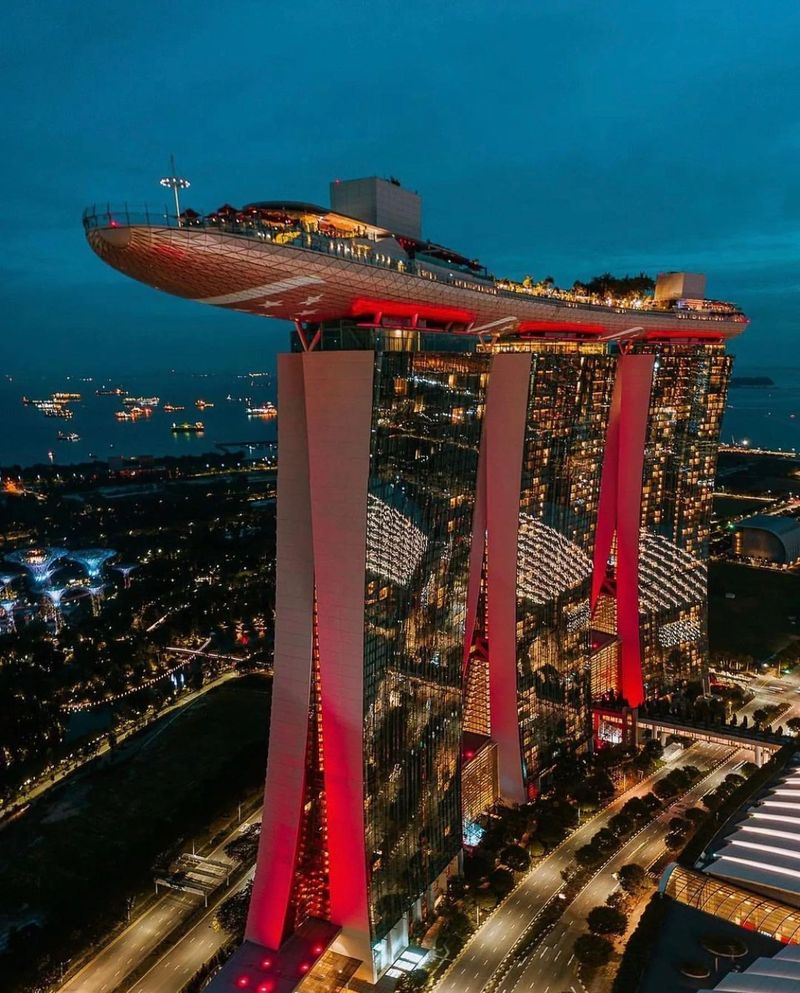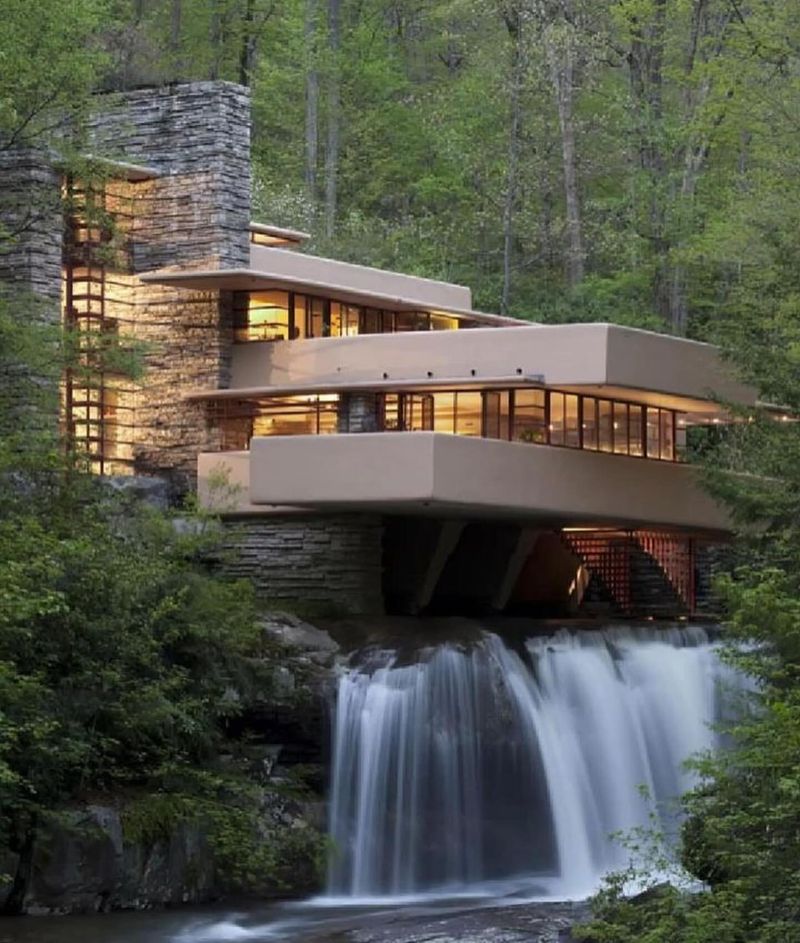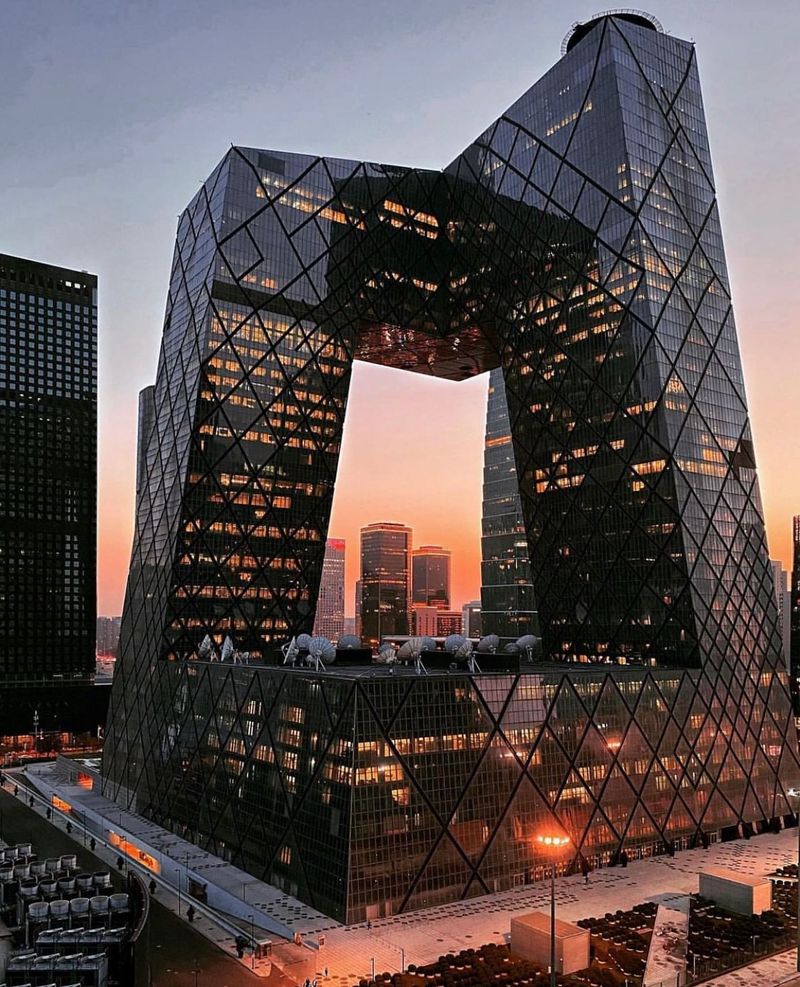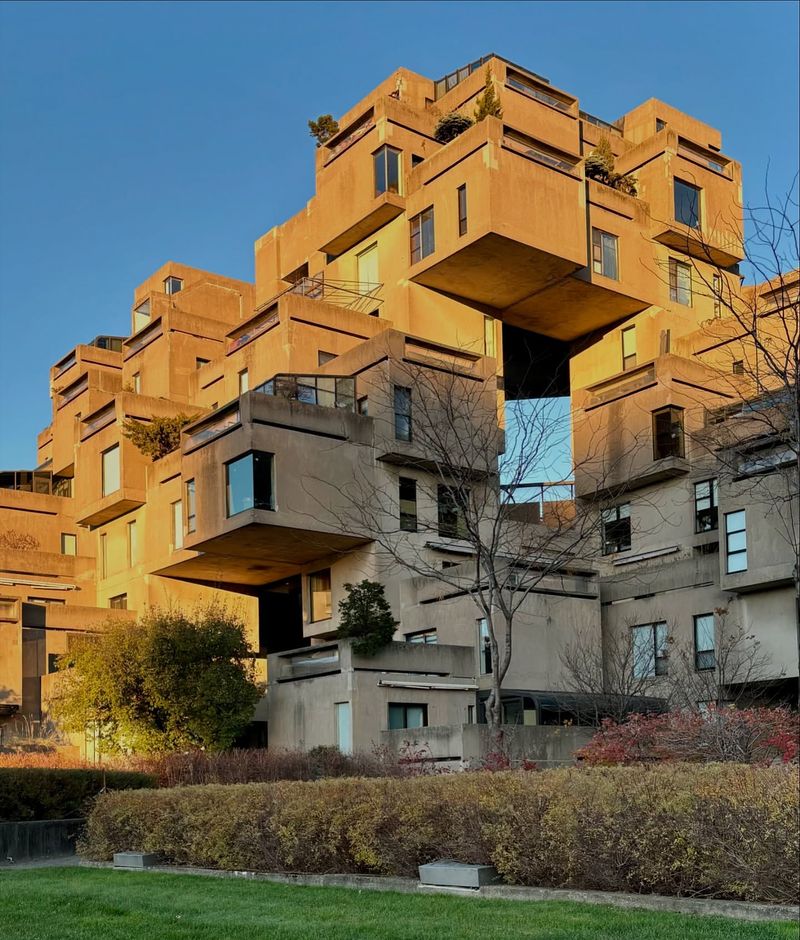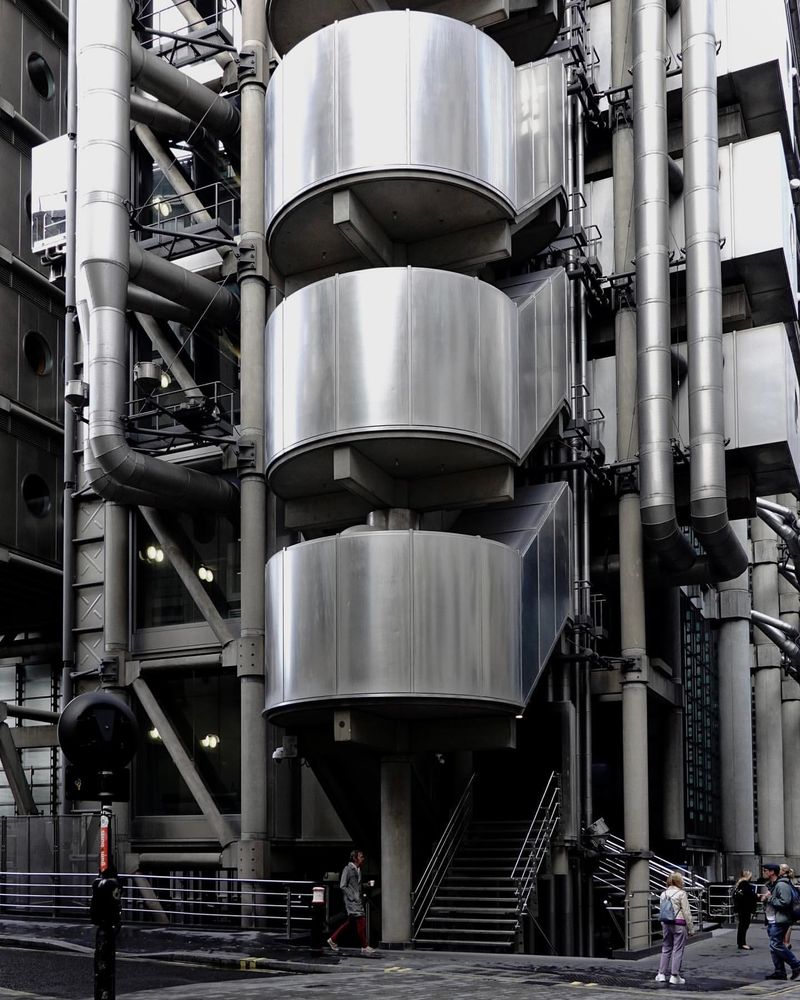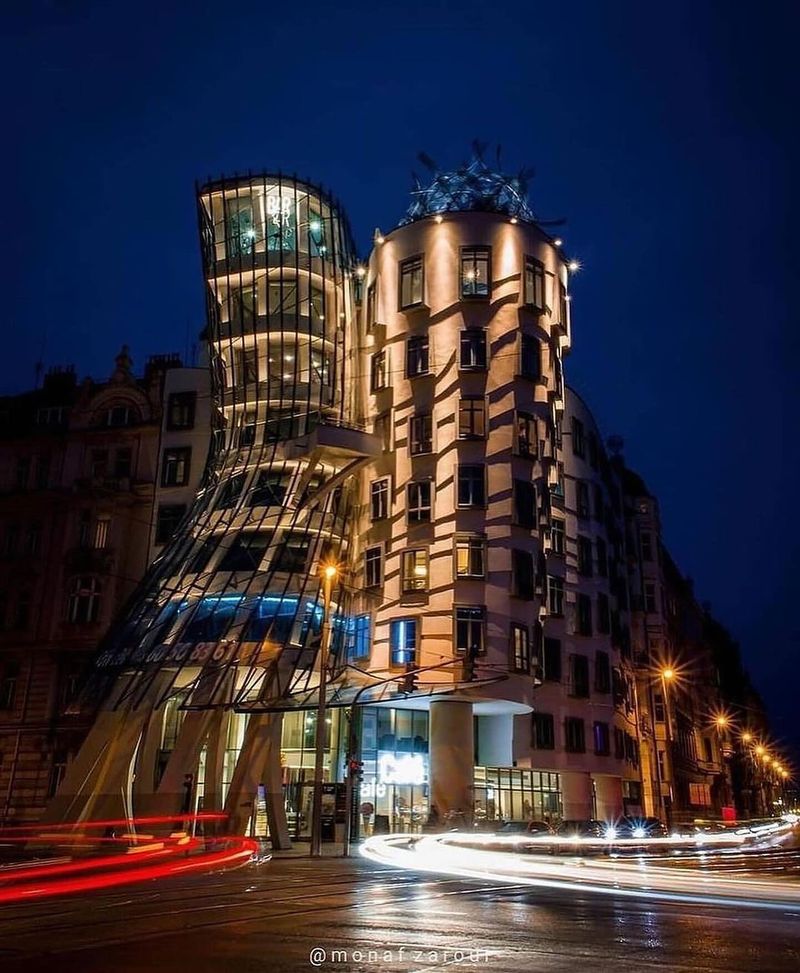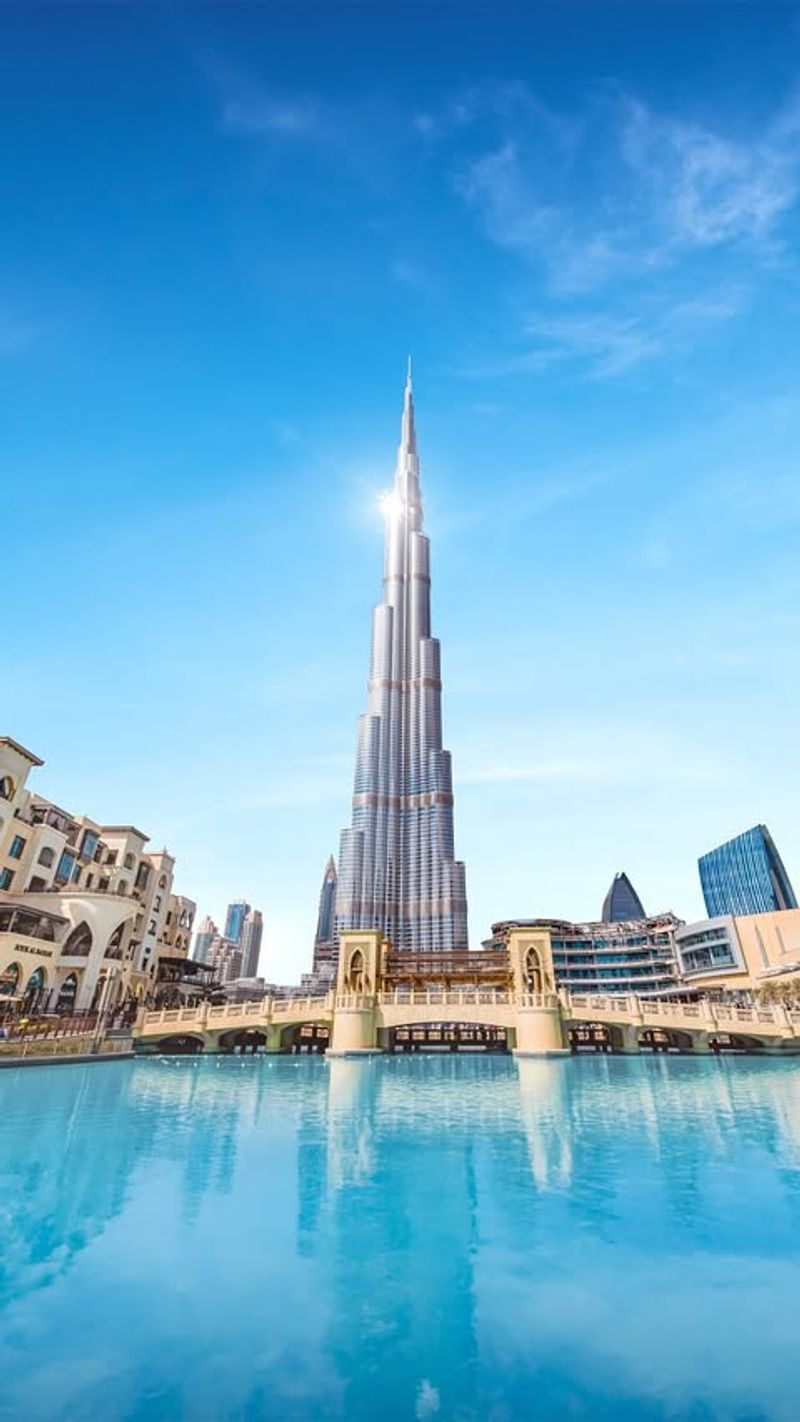Architecture has always pushed the boundaries of what’s possible, but some structures take this to new heights by seemingly defying gravity. From towers that lean at improbable angles to buildings that float above ground, these architectural wonders challenge our perceptions and inspire awe. This blog post explores 8 such marvels, each a testament to human ingenuity and creativity.
Leaning Tower of Pisa
The Leaning Tower of Pisa is an iconic symbol of architectural anomaly. Constructed in 1173, its unintended tilt results from unstable foundation soil. Despite its precarious appearance, it has stood the test of time. The tower leans at about 3.97 degrees after restoration efforts.
Visitors flock to Pisa, Italy, to witness this marvel up close, often posing for photos that create the illusion of holding up the tower. With its Romanesque style and elegant arches, it remains a testament to medieval engineering.
To truly appreciate its scale, ascend its 294 steps for a panoramic view of the city.
Marina Bay Sands
Marina Bay Sands in Singapore is a marvel of modern engineering and luxury. Comprising three 55-story towers, it supports an expansive SkyPark that spans their rooftops. The park includes an infinity pool, tropical gardens, and panoramic observation deck.
Defying gravity, the SkyPark appears to float above the city, creating a unique skyline. The complex exemplifies cutting-edge design, combining functionality with aesthetic appeal. Visitors can swim at the pool’s edge, feeling as if they’re on the brink of plunging into the cityscape below.
This destination offers a surreal experience, merging architecture with leisure.
Fallingwater
Nestled in Bear Run, Pennsylvania, Fallingwater is a masterpiece by Frank Lloyd Wright. This iconic house integrates seamlessly with its natural surroundings. Its innovative design features cantilevered terraces that extend over a waterfall.
The structure appears to float above the cascading water, embodying Wright’s philosophy of organic architecture. Visitors explore the house and marvel at its harmony with nature, where each room offers breathtaking views of the forest.
Fallingwater is not just a home but an architectural wonder that blurs the line between the built and natural environments, inviting contemplation and admiration.
CCTV Headquarters
The CCTV Headquarters in Beijing, China, redefines skyscraper design with its daring, gravity-defying structure. Designed by Rem Koolhaas, it consists of two leaning towers connected by a 90-degree cantilevered bridge.
Its unique ‘Z’ shape challenges traditional verticality, creating a three-dimensional loop. This bold design symbolizes China’s media landscape’s dynamism, reflecting change and innovation.
Visitors marvel at its engineering, as the building appears to defy physics. As a hub for China’s national television, it combines functionality with an iconic presence, making it a centerpiece of Beijing’s skyline.
Habitat 67
Habitat 67 in Montreal, Canada, revolutionizes urban living with its innovative design. Architect Moshe Safdie created a series of stacked concrete modules forming a unique residential complex.
Each cube appears to float, offering private terraces and green spaces. This design fosters community interaction while providing individual privacy. Overlooking the Saint Lawrence River, Habitat 67 integrates nature with urban architecture.
The complex embodies a vision for future living, blending aesthetics with practicality. It remains a symbol of modernism and remains an influential model for housing design, inspiring architects worldwide to think outside the box.
Lloyd’s Building
Lloyd’s Building in London, UK, is a pioneer of the high-tech architectural movement. Designed by Richard Rogers, its inside-out design showcases exposed steel, ducts, and glass lifts.
These external elements not only define its aesthetics but also serve functional purposes. This bold approach maximizes interior space and natural light, creating an airy and futuristic environment.
Visitors are fascinated by its transparent elevators and the way it integrates infrastructure as art. Located in the financial heart of London, Lloyd’s Building stands as a testament to innovation in architectural design, challenging conventional norms.
Dancing House
The Dancing House in Prague, Czech Republic, captivates with its playful, gravity-defying design. Created by Vlado Milunić and Frank Gehry, it resembles two dancers caught in motion.
Its curving lines and glass facades break away from Prague’s traditional Baroque architecture, adding a modern twist to the cityscape. The building’s dynamic form seems to sway gracefully, inviting onlookers to pause and admire.
Inside, it houses offices and a restaurant with stunning views of the Vltava River. The Dancing House embodies creativity, showing how architecture can dance with imagination and defy expectations.
Burj Khalifa
Burj Khalifa
Standing tall in Dubai, the Burj Khalifa is the world’s tallest building, reaching a staggering height of 828 meters. Its design is inspired by the Hymenocallis flower, with a triple-lobed footprint resembling its shape. The building’s tapering form and structural system allow it to withstand high winds and seismic forces.
This architectural marvel not only redefines the Dubai skyline but also represents a feat of engineering excellence. The Burj Khalifa is a testament to human ambition, pushing the boundaries of what is structurally possible.
